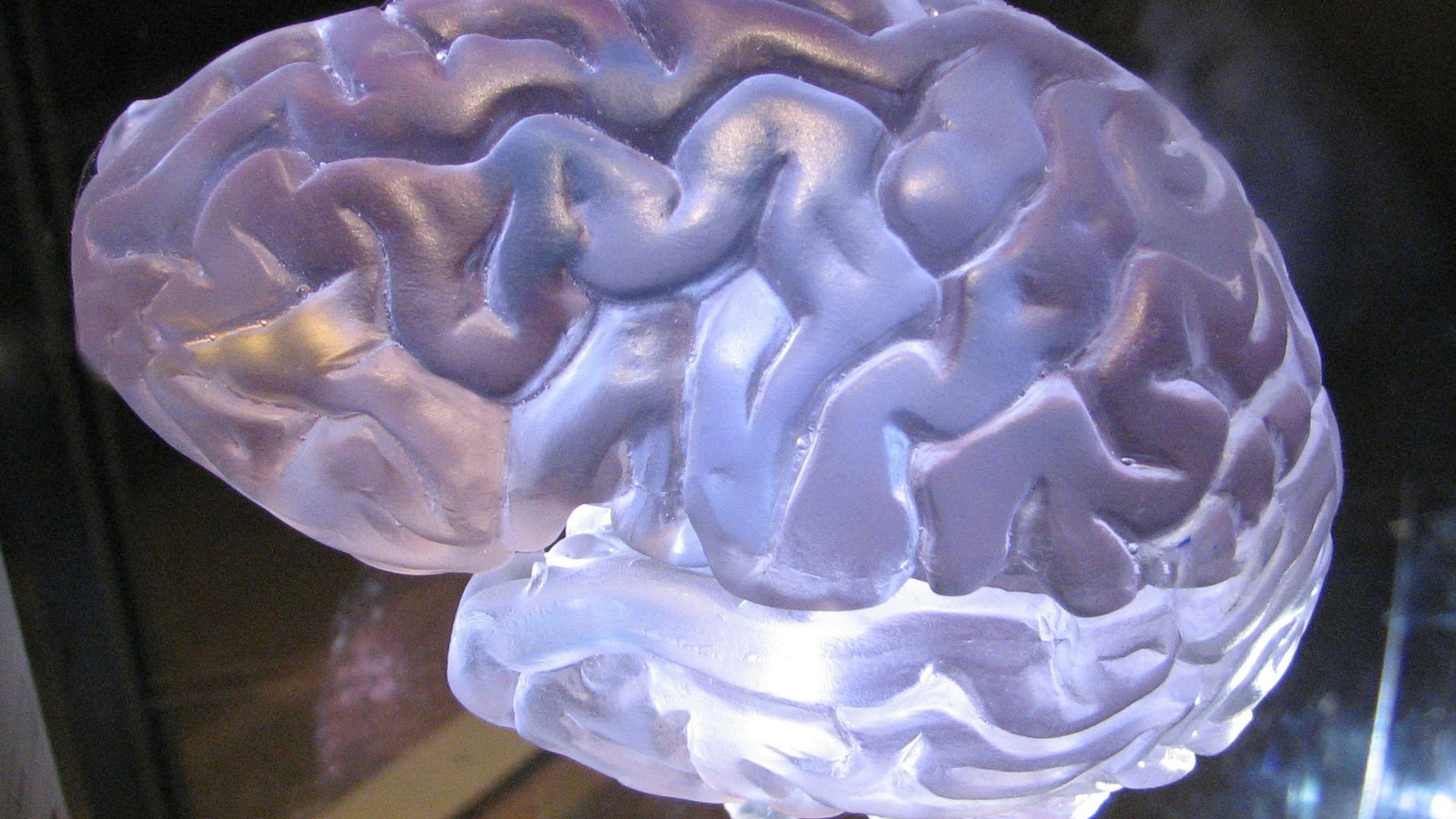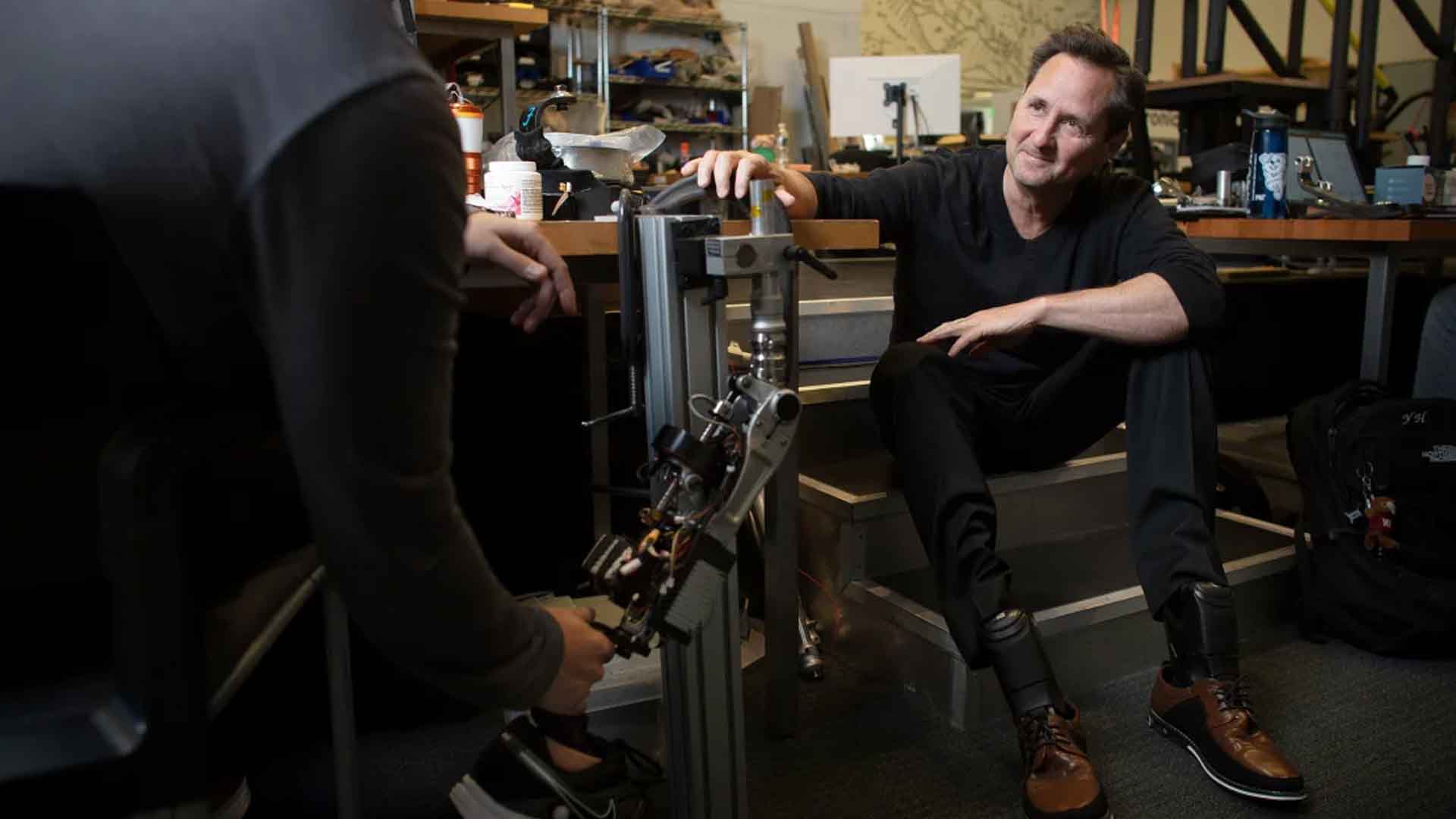Brain-Controlled Bionic Leg Allows Amputees to Walk, Hike, and Dance Using Their Thoughts
In a groundbreaking trial, a brain-controlled bionic leg has enabled amputees to walk more swiftly and navigate challenging terrains with ease.
This advanced prosthetic reads residual muscle activity to control an electrically powered ankle, offering enhanced mobility. Developed by MIT, the device marks a significant leap in prosthetic technology.
How the Bionic Leg Works
The bionic leg translates signals from the wearer’s residual leg muscles into movements. This allows users to flex, point, and rotate the prosthetic foot using their thoughts.

Source: Lisa Yount/Unsplash
The result is a more natural gait and improved stability on various surfaces, from flat ground to stairs and uneven terrain.
Enhanced Mobility and Speed
Compared to traditional prosthetics, the bionic leg offers a 41% increase in walking speed. This allows users not only to walk more quickly but also to engage in activities like hiking and dancing.

Source: Oscar Bonilla/Unsplash
The device’s brain control offers unparalleled movement, previously unattainable with robotic algorithms.
Professor Hugh Herr’s Contribution
Prof. Hugh Herr, co-director of the K Lisa Yang Center for Bionics at MIT, led the study.

Source: Hugh Herr
Herr, who lost both legs to frostbite in 1982, hopes to use similar bionic legs in the future. “I’m thinking of doing that for both of my legs in the coming years,” he said.
Clinical Trial Insights
Published in Nature Medicine, the trial involved seven patients using the bionic leg and seven with traditional prosthetics.

Source: National Cancer institute/Unsplash
Participants reported less pain and muscle atrophy, feeling more connected to their prosthetic limb. This innovative approach offers hope for a better quality of life for amputees.
Agonist-Antagonist Myoneural Interface (AMI) Surgery
The device requires a new type of amputation surgery called agonist-antagonist myoneural interface (AMI). This procedure preserves natural muscle connections, allowing for precise control of the prosthetic.

Source: Vidal Balielo Jr./Pexels
The surgery can be performed during the initial amputation or as a revision, ensuring muscle contractions are translated into prosthetic movements.
Improved Stability and Terrain Adaptation
Patients with the bionic leg experience better stability on stairs and uneven surfaces. This improvement significantly enhances their ability to tackle various terrains, making activities like hiking and dancing possible.

Source: iStock
The device truly integrates into the user’s body, offering a seamless experience.
Emotional Impact on Patients
“With a prosthesis not controlled by the brain, patients view it as a tool, like a carpenter would view their hammer,” said Herr.

Source: Freepik
The bionic leg, controlled by the brain, becomes part of the person’s anatomy, leading to a deep emotional connection and a more natural experience.
Expert Opinions on the Technology
Dr. Sigrid Dupan from University College Dublin highlighted the importance of this advancement.

Source: Wikimedia
She emphasized that the ability to navigate different terrains would profoundly impact people’s lives. The study’s impressive results pave the way for broader implementation of this surgical approach.
Future Prospects and Availability
The MIT team aims to make a commercial version of the bionic leg available within five years. This development promises a step-change in clinical care for amputees worldwide.

Source: Freepik
“We’re very passionate about getting this technology out to the patients who need it,” Herr stated.
Personal Stories of Trial Participants
Participants in the trial shared their transformative experiences. “It felt normal. … I was ready to run,” said Amy Pietrafitta. “I kept wanting to take my hands off [the supports], to get out and start moving.”

Source: nortonrx/Getty Images
Such personal stories highlight the profound impact of this technology on everyday lives.
Future Implications
The brain-controlled bionic leg represents a significant leap forward in prosthetic technology. By harnessing the body’s natural abilities, it offers amputees unprecedented mobility and integration.

Source: Freepik
As the technology evolves, it promises to revolutionize the lives of countless individuals worldwide.In a groundbreaking trial, a brain-controlled bionic leg has enabled amputees to walk more swiftly and navigate challenging terrains with ease.
